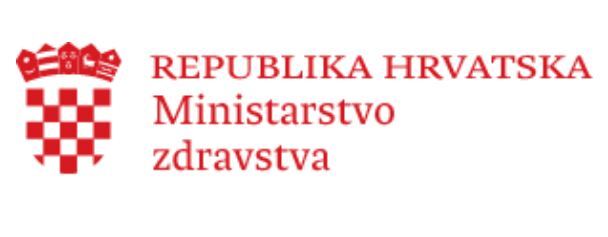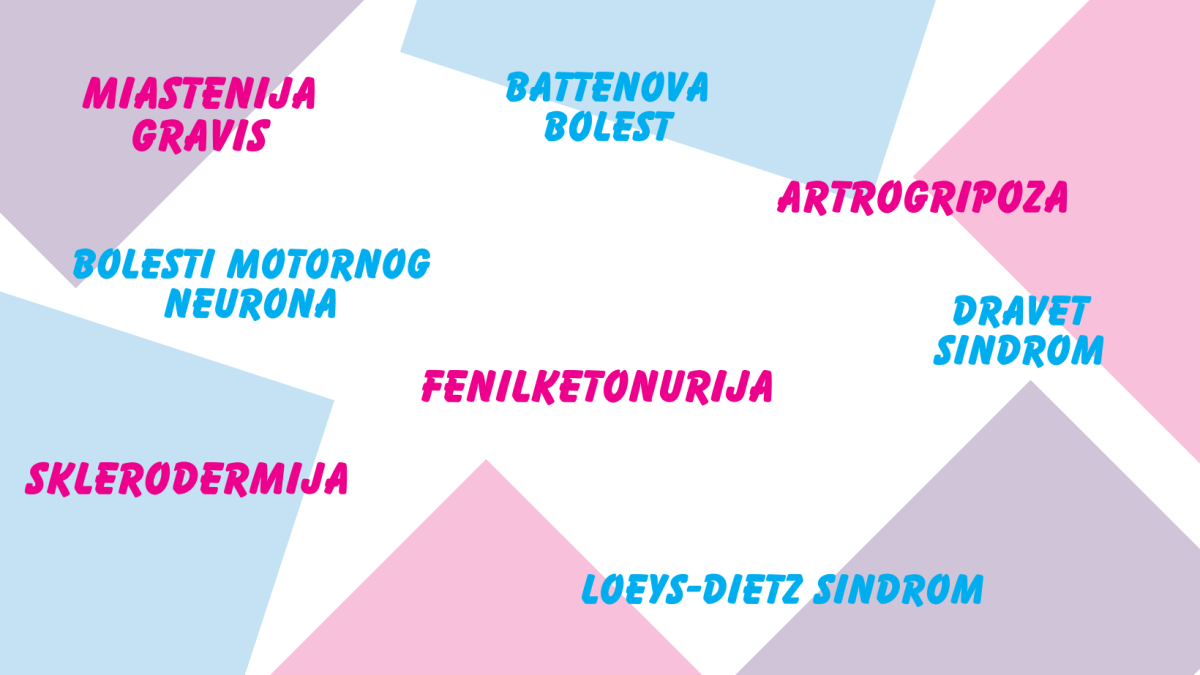Rare Disease Awareness Month – Myasthenia Gravis, Loeys-Dietz Syndrome, Batten Disease, Motor Neuron Diseases, Dravet Syndrome, Phenylketonuria, Scleroderma, Arthrogryposis
In June, we mark awareness days dedicated to the following diagnoses: Myasthenia gravis, Loeys-Dietz syndrome, Batten disease, motor neuron diseases, Dravet syndrome, phenylketonuria, scleroderma, and arthrogryposis.
June is an opportunity to collectively highlight the importance of rare diagnoses and offer support to those who face them daily. Through education, empathy, and a sense of community, we can help improve the quality of life for patients and their loved ones. Raising awareness enables earlier diagnosis, better healthcare, and a more dignified life for everyone living with a rare disease.
June – Myasthenia Gravis Awareness Month
Myasthenia gravis (MG) is a chronic autoimmune disorder of the neuromuscular junction that causes muscle weakness, especially after exertion. It most commonly affects young women, though there is also a congenital form that appears in children. The condition is caused by antibodies that block the transmission of signals between nerves and muscles. Symptoms vary widely—from drooping eyelids and double vision (ocular form), to limb weakness and difficulty speaking or swallowing (generalized form), to transient weakness in newborns of affected mothers (neonatal form). Symptoms are usually mildest in the morning and worsen as the day progresses. Diagnosis is based on clinical evaluation (such as the upward gaze test), laboratory tests (antibody detection), imaging (CT/MRI), and response to medications that temporarily relieve symptoms. Treatment includes symptomatic therapy (pyridostigmine), immunosuppressants (corticosteroids, azathioprine), thymectomy, and in severe cases, plasmapheresis or immunoglobulin therapy. With appropriate treatment, most patients are able to lead full and high-quality lives.
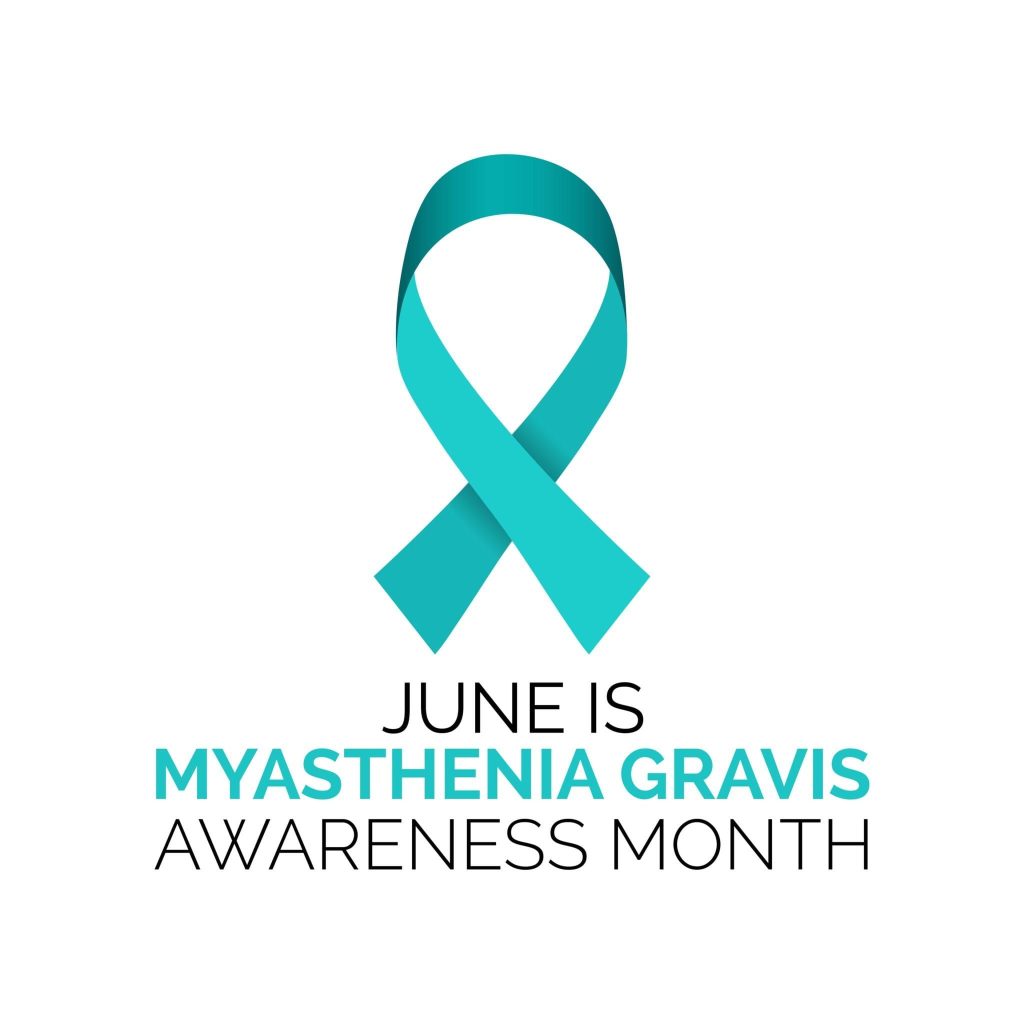
June – Loeys-Dietz Syndrome Awareness Month
Loeys-Dietz syndrome (LDS) is a rare disorder that affects the body’s connective tissue. It is caused by a genetic mutation (a change in the genes). There are five known types of LDS. The condition is inherited in an autosomal dominant pattern, meaning there is a 50% chance of passing it on to a child. There are four main features that may indicate a diagnosis of LDS: Aneurysms – dilations of arteries, most commonly at the aortic root (the beginning of the main artery that exits the heart); Tortuous arteries – twisting and winding of arteries, especially in the neck region; Hypertelorism – an increased distance between the eyes; Bifid uvula or cleft palate – a split or notch in the small tissue at the back of the throat. It is important to note that the signs and symptoms of the disease can vary greatly from person to person. Loeys-Dietz syndrome is a lifelong condition that requires continuous medical monitoring.
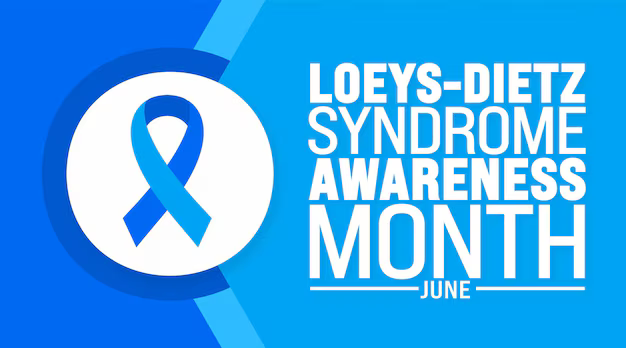
June 9 – International Batten Disease Awareness Day
Batten disease, also known as juvenile neuronal ceroid lipofuscinosis (NCL), is a rare, inherited, and fatal neurodegenerative disorder that typically begins in childhood. It occurs when a child inherits a mutated gene from both parents. Batten disease belongs to the group of lysosomal storage disorders and primarily affects neurons, leading to epilepsy, vision loss, behavioral issues, dementia, and loss of mobility. The first symptoms usually appear between the ages of five and eight, and life expectancy is typically around the age of twenty. There are also infantile and adult-onset forms of the disease. There is currently no cure, and treatment is symptomatic, aiming to manage and alleviate the progression of symptoms.
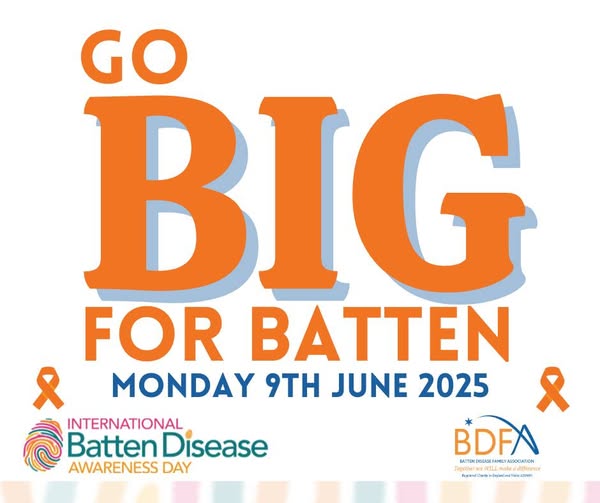
June 21 – Global Motor Neurone Disease Awareness Day
Motor neurone disease (MND) is a group of neurodegenerative disorders that cause the progressive loss of motor neurons—nerve cells responsible for movement, speech, swallowing, and breathing. As these neurons die, muscles weaken and waste away, since they no longer receive signals from the brain and spinal cord. MND can affect anyone at any age and is not always hereditary. The most well-known form is amyotrophic lateral sclerosis (ALS). Early symptoms often include muscle weakness in the arms and legs, as well as difficulty speaking and swallowing. Diagnosis is made by a neurologist, often with the help of specialized tests such as electromyography (EMG). There is currently no cure, but medication is available that can slow disease progression. Treatment requires a multidisciplinary approach, involving doctors, therapists, speech-language pathologists, psychologists, and other specialists. Early diagnosis and expert support can significantly improve quality of life for those affected.
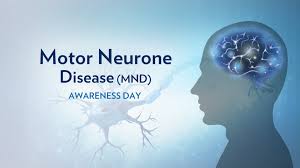
The Association of Persons with ALS and Other Rare Diseases “Neuron” aims to provide support to individuals affected by amyotrophic lateral sclerosis (ALS) and other rare neurological diseases, as well as their families. The association advocates for improving the quality of life of patients through information, counseling, provision of assistive devices, psychosocial support, and collaboration with domestic and international organizations. It also actively works on educating the public and healthcare institutions about the needs and rights of patients and promotes the development of research programs and treatment methods.
Mail: neuron.hrvatska@gmail.com
President Vesna Maćešić
Mail: vesna.neuron@gmail.com
mob +385915421068

June 23 – International Dravet Syndrome Awareness Day
Dravet syndrome is a rare and severe form of epilepsy that begins in the first year of life, often accompanied by febrile seizures. The seizures are frequent, prolonged, and difficult to control. Child development slows down, especially speech, and psychomotor and neurological disorders occur. Children also face other challenges: behavioral problems, difficulties with movement, sleep, feeding, frequent infections, and sensitivity to temperature. Diagnosis is made clinically and through genetic testing. As Dravet syndrome is a spectrum disorder, the disease course varies from child to child, and there is no standard treatment protocol. Multiple seizures and changes in seizure types are common and vary among patients. Children with Dravet syndrome require constant care and supervision at all times, 24 hours a day, throughout their lives.
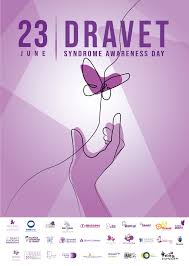
Dravet Syndrome Association Croatia provides support to families and helps raise awareness and educate professionals.
Association of Parents and Children with Dravet Syndrome Croatia
Svetog Križa 23, 21 000 Split
Mob: 095/9080428
www: dravet-sindrom-hrvatska.hr
mail: info@dravet-sindrom-hrvatska.hr
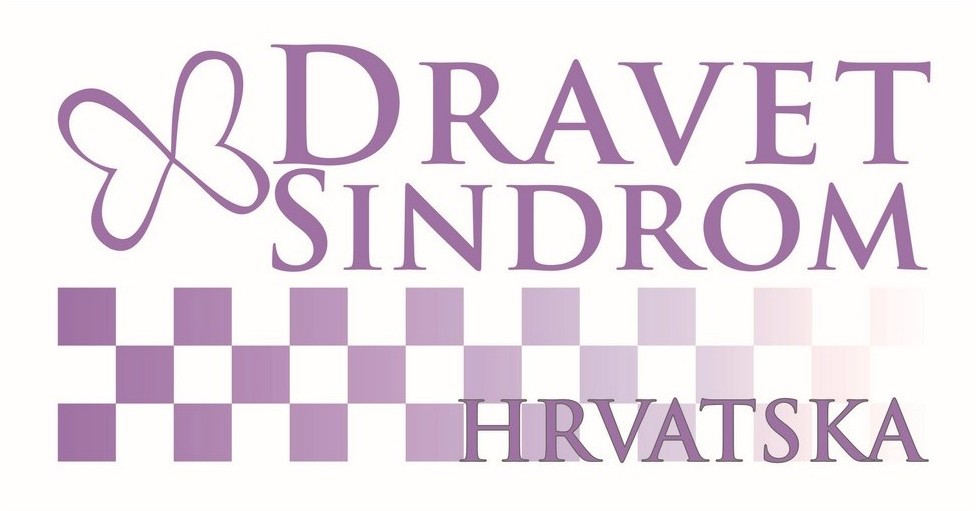
June 28 – International Phenylketonuria (PKU) Awareness Day
Phenylketonuria (PKU) is a hereditary disorder in which the body cannot break down the amino acid phenylalanine, potentially causing serious brain damage and developmental difficulties if untreated. Phenylalanine is found in proteins and some sweeteners. In the severe form (classic PKU), a child is born healthy but, without dietary treatment, develops intellectual disabilities, seizures, behavioral problems, and delayed development. Common signs include lighter skin and hair and possible skin issues. Milder forms of PKU carry lower risk, and some cases do not require a special diet. Untreated PKU in pregnant women can lead to serious developmental problems in their children. PKU is managed with a special low-phenylalanine diet.
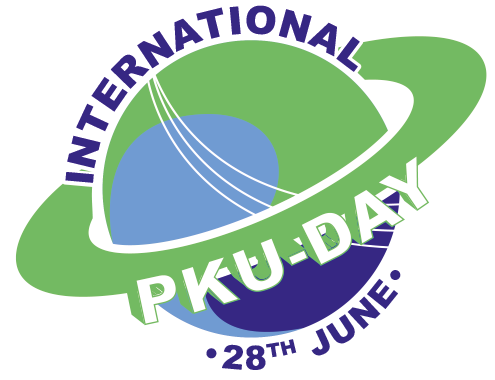
Association for Helping Families with Phenylketonuria in Croatia works to improve the quality of life for people with phenylketonuria and to jointly address the challenges faced by families and individuals affected by the condition.
Ivana Antunović, President of the Association
Mob.: 099/2137650
Mail: ihecimovic@gmail.com
web: https://www.fenilketonurija.hr/
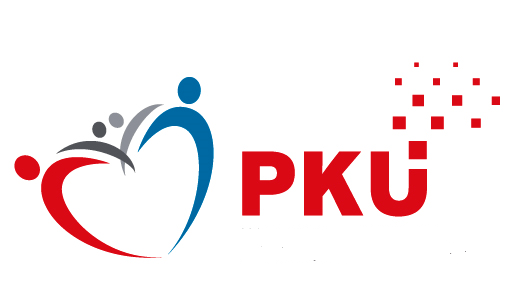
June 29 – International Scleroderma Awareness Day
Scleroderma is a rare, progressive autoimmune connective tissue disease with no cure. It causes excessive collagen buildup, leading to thickening and stiffness of the skin, and can also affect internal organs. The disease can present in localized or systemic forms (the most severe type), often beginning with Raynaud’s phenomenon, and may result in damage to the lungs, kidneys, digestive system, and heart. The most severe forms cause deformities, pain, loss of function, and even disability. Treatment focuses on relieving symptoms and improving quality of life, but it is often insufficient, as is the support for patients. Early recognition and a multidisciplinary approach are crucial for slowing the disease progression.
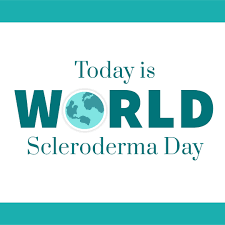
Croatian Scleroderma Association (HUOS) is a humanitarian organization composed of patients, their families, and citizens, operating on the principles of mutual aid and solidarity. The association's goal is to improve the quality of life for those affected by scleroderma through education, collaboration with experts, and better connection with health and social services. HUOS provides information and support to patients, striving to help them cope as effectively as possible with the challenges posed by this incurable disease.
Croatian Scleroderma Association
Mob: 098/209 267
mail: huos@huos.hr , sklerodermija@huos.hr
Web.: https://huos.hr/
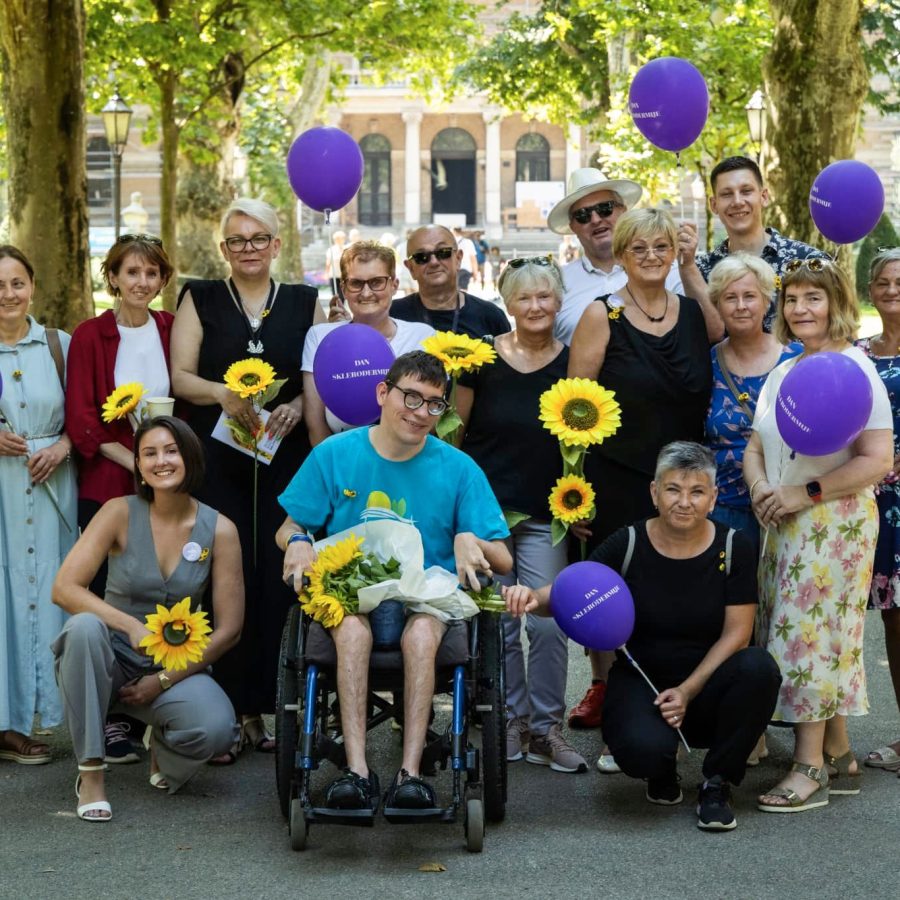
June 30 – World Arthrogryposis Awareness Day
Arthrogryposis multiplex congenita (AMC) is a condition characterized by multiple joint contractures, most commonly affecting the upper limbs and neck, accompanied by amyoplasia but without severe congenital anomalies. It arises due to decreased fetal movement in the womb and may be associated with neurogenic, myopathic, and connective tissue disorders. At birth, deformities are noticeable, and joints are stiff. Muscles are underdeveloped. Rarely, additional anomalies such as microcephaly and heart defects may occur. Diagnosis is made clinically, supplemented by genetic and neurological tests. Treatment includes physical therapy, orthoses, and surgical interventions if necessary. Early intervention significantly improves outcomes.
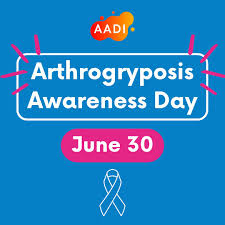
This content was created with the financial support of the Ministry of Health. The content of this document is the sole responsibility of the Croatian Alliance for Rare Diseases and under no circumstances can it be considered as reflecting the views of the Ministry of Health.
